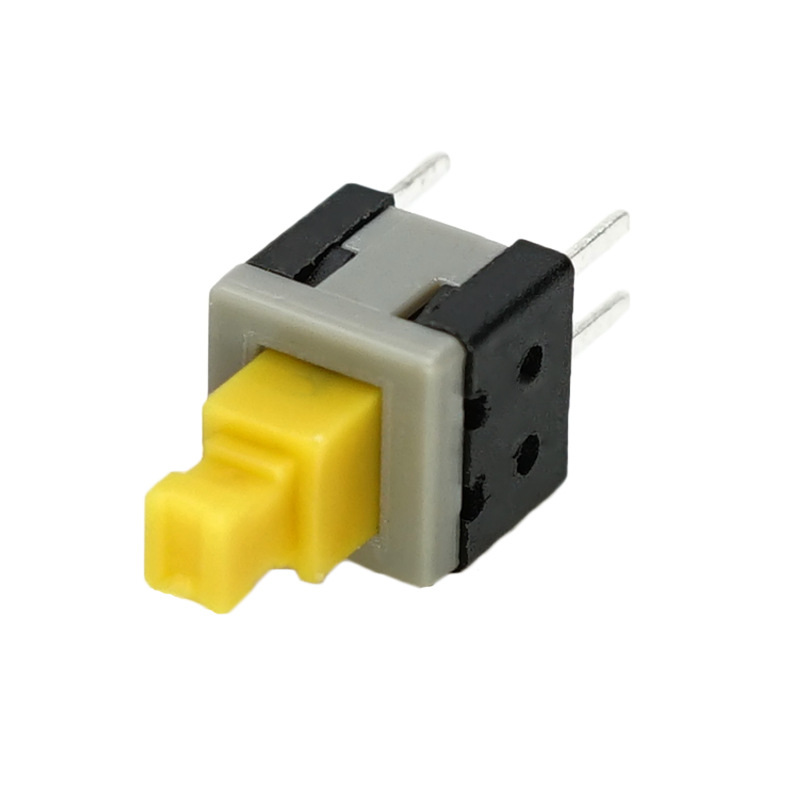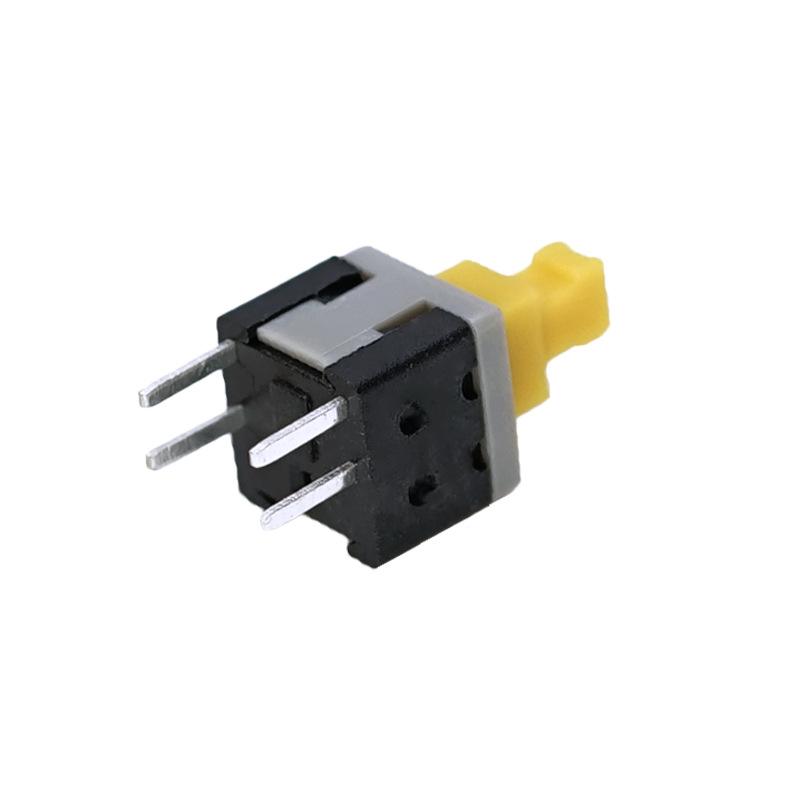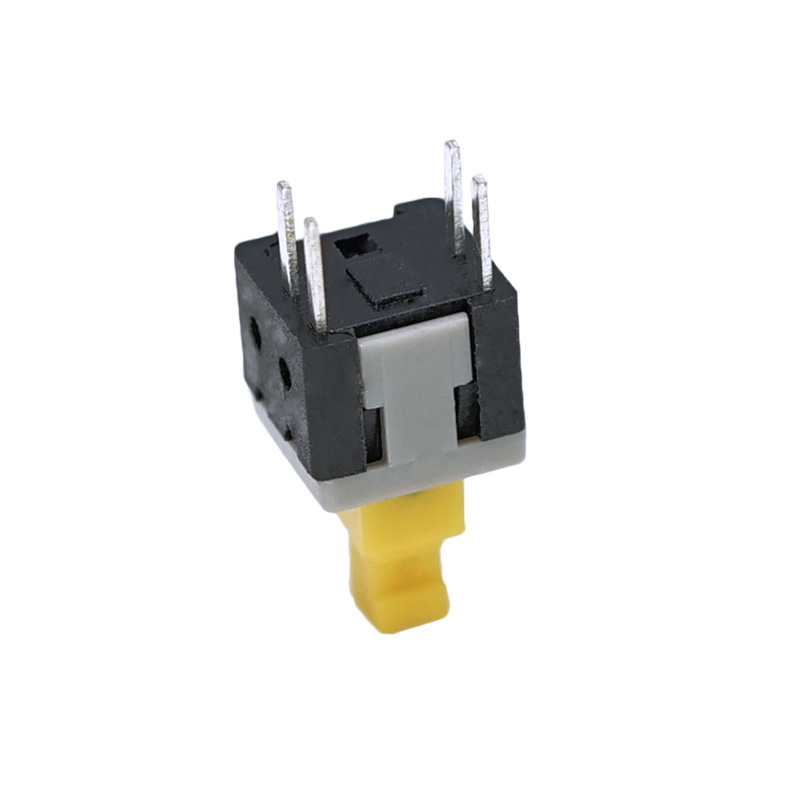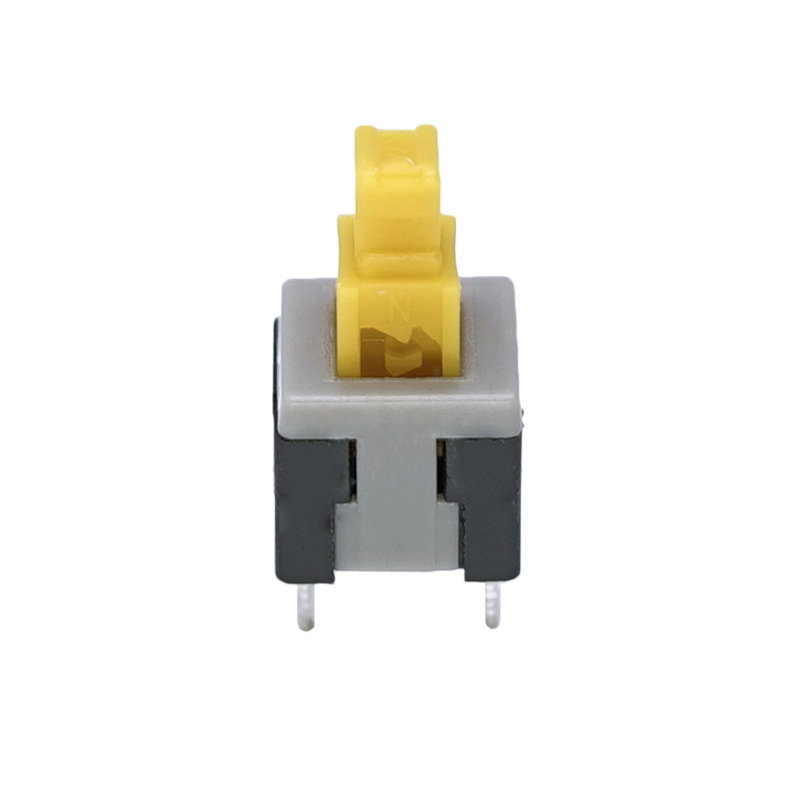5self locking switch technology 6 Pin DIP Latching Switch Self Lock
A self-locking switch generally refers to a switch with a mechanical locking function. When pressed and released, the button will not fully jump up. It is in a locked state and needs to be pressed again to unlock and fully jump up. It’s called a self-locking switch. Early TV sets and monitors that directly cut off power completely used this kind of switch.
The only difference between the illuminated self-locking switch and the ordinary self-locking switch is that the illuminated switch makes full use of the space in its button to place a small indicator bulb or LED. One end of it is connected to the neutral line, and the other end usually passes through a dropper. The piezoresistor is connected in parallel with the normally open contact of the switch. When the switch is closed, the device operates and also provides power to the indicator light. Its types include diagonal simultaneous switching, parallel simultaneous switching, and leaping simultaneous switching.
In fact, self-locking switches and light touch switches describe switch performance from different aspects; “self-locking” means that the switch can maintain a certain state (on or off) through the locking mechanism, and “light touch” means that the switch is operated Strength size. Generally speaking, mechanical switches may be distinguished as follows:
In terms of operation mode, switches are divided into knob type, plate type (including toggle switch, boat switch), and button type; among them, most of the knob type and plate type switches can be kept (locked) in the on or off state after operation. , such as light switches and fan speed switches used in daily life, most of these switches do not need to emphasize whether they are self-locking, because they all have obvious “operating directions”; only push-button switches are pressed when in use, and most push-button switches











